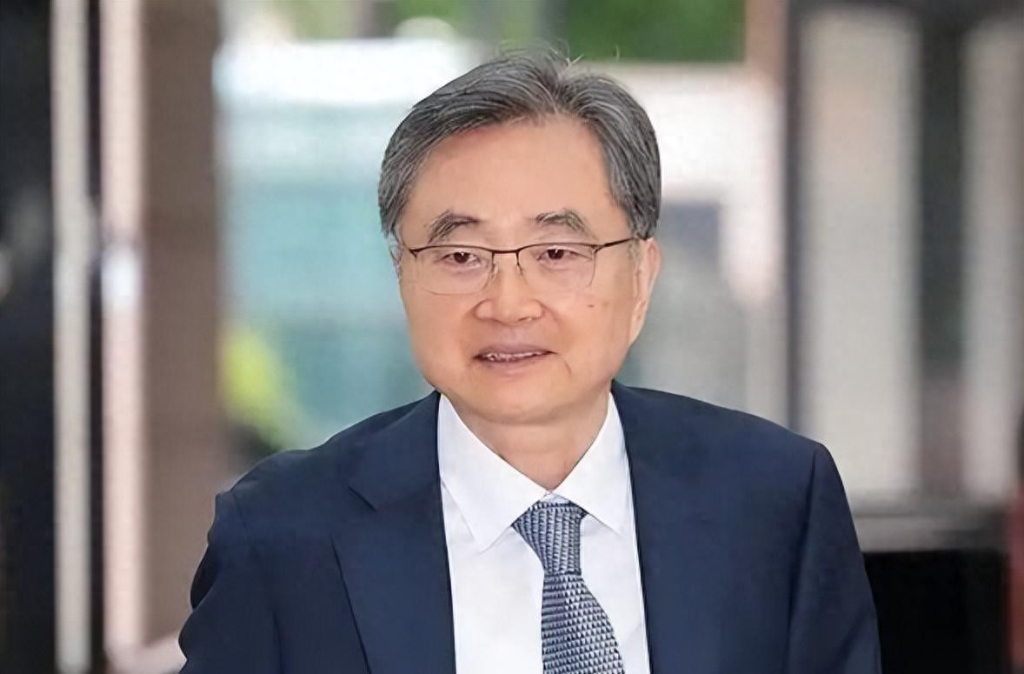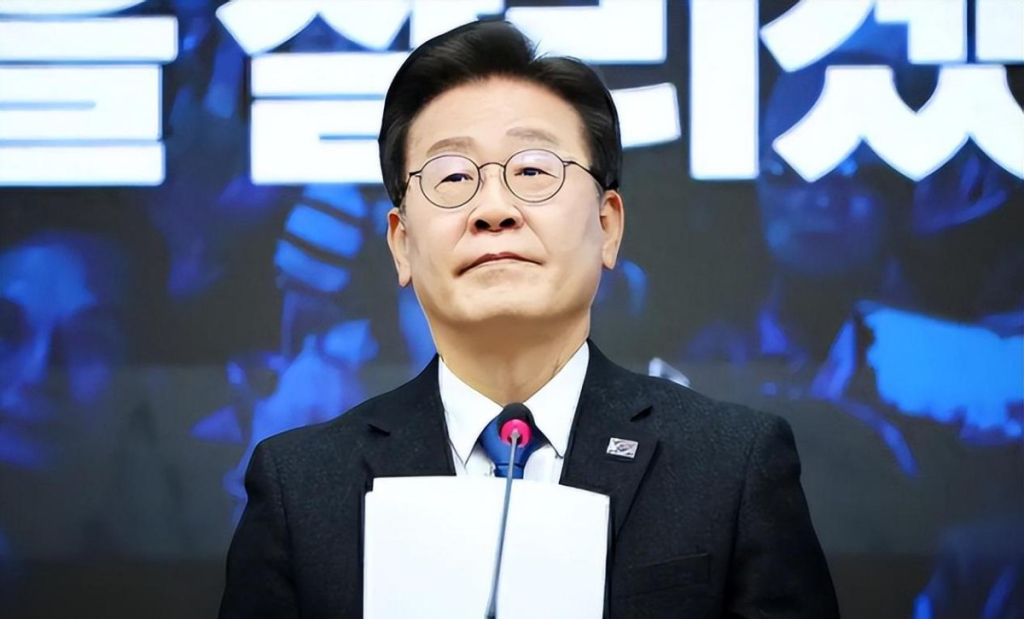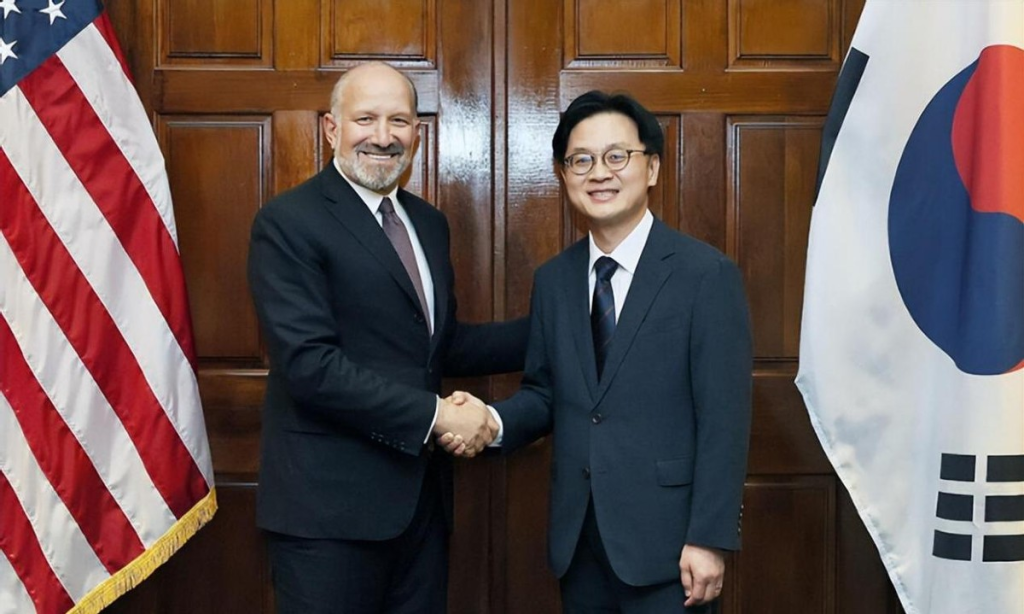With the U.S. tariff deadline looming, South Korea’s new Foreign Minister Cho Hyun made a pivotal call to Chinese Foreign Minister Wang Yi on July 30—three days before Washington’s August 1 ultimatum. Wang Yi offered three unambiguous directives:

1️⃣ Policy Stability:
“China’s policy toward ROK is consistent. Expect the same from Seoul—no wavering.”
2️⃣ Strategic Autonomy:
“ROK-China ties serve our mutual interests, target no third party, and must not be controlled by one.”
3️⃣ Anti-Decoupling:
“Our economies are fused. Deepen cooperation, reject supply chain fragmentation.”
⏳ Why Now?
- U.S. Tariff Sword: Trump threatens 25% duties on Korean exports (steel/auto).
- Japan’s Deal: Tokyo secured favorable terms days earlier, isolating Seoul.
- Economic Panic: Korean exporters face ruin if tariffs hit August 1.
🎁 Lee’s $1 Billion Gambit
With “few options,” President Lee Jae-myung offered a shipbuilding bailout dubbed “Make American Shipbuilding Great Again”:

- 💰 $1 billion joint venture to revive U.S. shipyards
- ✅ U.S. Commerce Sec Ruttnick welcomed the proposal
- 🎯 Goal: Trade concessions mirroring Japan’s deal
⚖️ The Impossible Tightrope
Despite the overture, Seoul faces brutal constraints:
- U.S. Brutality: Washington may demand more concessions (e.g., chip tech, China distancing).
- China Dependence: 25% of ROK exports go to China—alienation risks economic suicide.
- Alliance Shackles: As a U.S. treaty ally, Seoul’s “autonomy” is largely theoretical.

⚡️ Beijing’s Unspoken Warning
Wang Yi’s call was Seoul’s contingency plan:
- Insurance Policy: If U.S. talks collapse, China remains an economic lifeline.
- Red Line: Harming China-ROK interests for U.S. appeasement will trigger retaliation.
- Fate: Attempting to please both may leave ROK displeasing both sides.
“Seoul’s desperation reveals a harsh truth: In U.S.-China rivalry, middle powers have no middle ground.”
